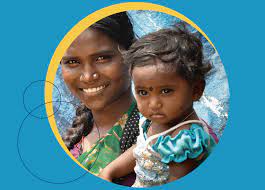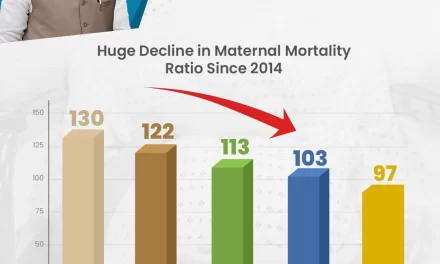ICD-11 is now officially in effect for the national and international recording and reporting of causes of illness, death – and more.
New in ICD-11 2022
- 35 countries are using ICD-11.
- Current implemented uses of ICD-11 include causes of death, primary care, cancer registration, patient safety, dermatology, pain documentation, allergology, reimbursement, clinical documentation, data dictionaries for WHO guidelines*, digital documentation of COVID-19 vaccination status and test results, and more.
- French language is now available alongside Arabic, Chinese, English, & Spanish. Russian and 20 more languages are underway.
- Integration in DHIS2.
- Terminology coding with the coding tool and API.
- Rare diseases coding.
- Support for perinatal and maternal coding.
- 900 proposals were processed based on input from early adopters, translators, scientists, clinicians and partners.
- Grade and stage coding for cancers.
- Clinical Descriptions and Diagnostic Requirements for mental health.
* WHO SMART Guidelines include Antenatal Care (ANC) Family Planning (FP), Sexually Transmitted Infections (STI), Adolescent Sexual Reproductive Health (ASRH), HIV, Immunizations (EIR), Child Health in Emergency Settings (Em Care).

ICD-11 was specifically designed for the following use cases:
- Certification and reporting of causes of death
- Morbidity coding and reporting including primary care
- Casemix and Diagnosis-Related Grouping (DRG)
- Assessing and monitoring the safety, efficacy, and quality of care
- Cancer registries
- Antimicrobial resistance (AMR)
- Researching and performing clinical trials and epidemiological studies
- Assessing functioning
- Coding traditional medicine conditions
- Interoperability standard in WHO Digital Guidelines and for Digital Documentation of COVID-19 Certificates (DDCC)
- Clinical documentation
ICD-11 highlights
- Conceptual framework independent of language and culture.
- Multilingual.
- Integration of terminology and classification.
- End-to-end digital solution (API, tools, online and offline).
- Up-to-date scientific knowledge.
- ICD-11 is accessible to everybody.
- Open ICD-11 license (distributed under Creative Commons Attribution-NoDerivs 3.0 IGO license).
- ICD-11 enables, for the first time, the counting of traditional medicine encounters.
- Comparable statistics and semantic interoperability – for 150 years.
- Codes for antimicrobial resistance, in line with Global Antimicrobial Resistance and Use Surveillance System (GLASS).
- Codes for full documentation of patient safety, in line with the WHO patient safety framework.
- Integration with functioning and interventions (ICF & ICHI**).
**International Classification of Functioning, Disability and Health (ICF) & International Classification of Health Interventions (ICHI)
ICD-11 key features
- The eleventh revision contains around 17 000 unique codes, more than 120 000 codable terms and is now entirely digital.
- Smart coding algorithm: Now interprets more than 1.6 million terms.
- State of the art Coding tool: Easily codes all detail.
- Digital reference guide.
- ICD-11 Download area: Include spreadsheets, pdf version, mapping tables, updates, list of codes that should not be used alone and more.
- Multilingual integrated API.
- Multilingual Browser and Coding tool.
- Offline functionality.
- Local deployment options for ICD-API: Docker, Windows or Linux service.
- Technical content model reference guide to define and explain the content model used for the WHO Family of Classifications (ICD-11, ICHI and ICF).
- Implementation package to facilitate the transition from outdated ICD-10 to ICD-11. This package can be found on ICD-11 page and includes the Transition and Implementation Guide, ICD-11 Fact Sheet, information on ICD-API web services, ICD-11 self-learning training package, training platform, cause of death analysis tool (ANACoD-3), ICD-11 license and more.













